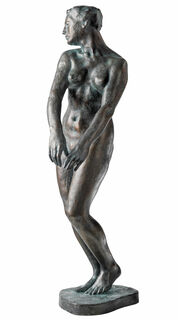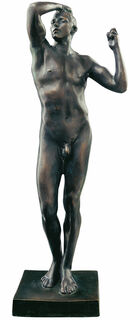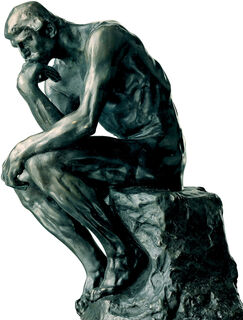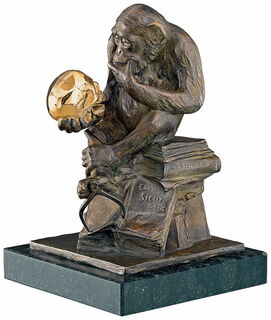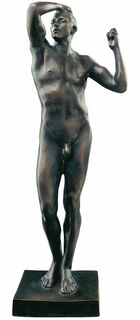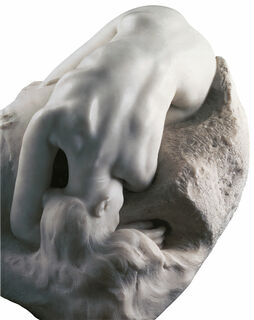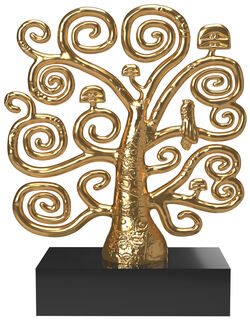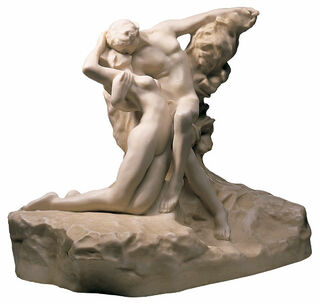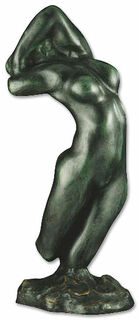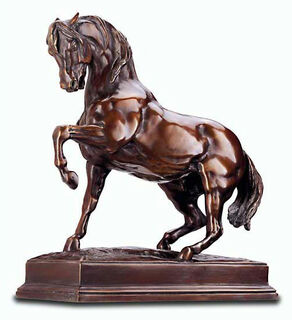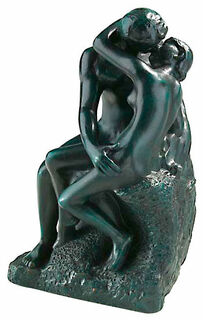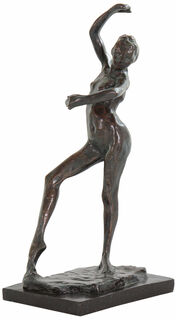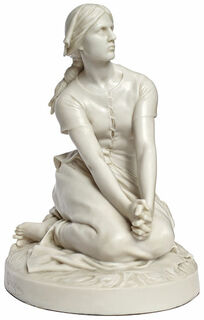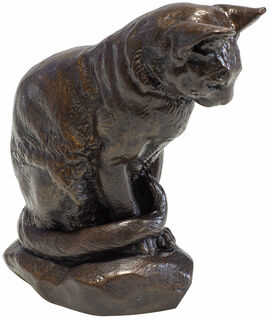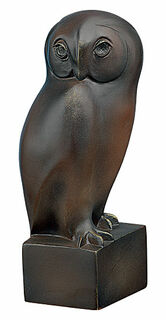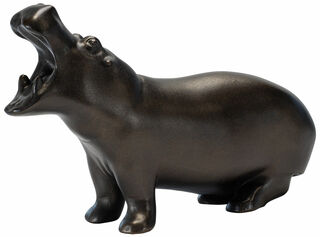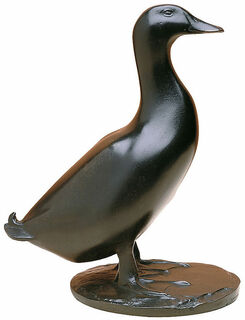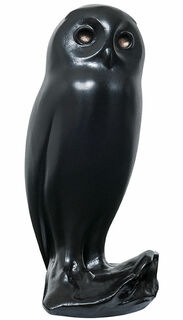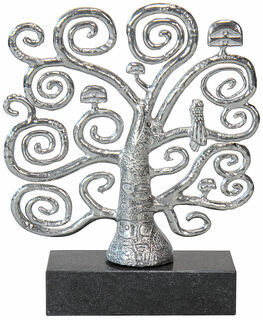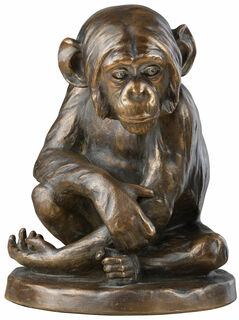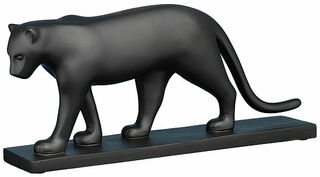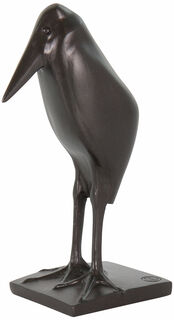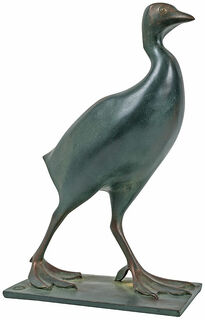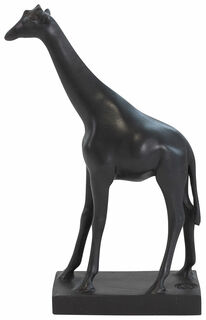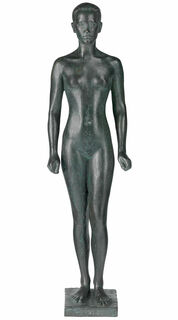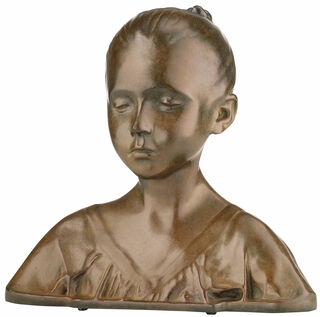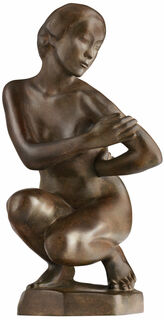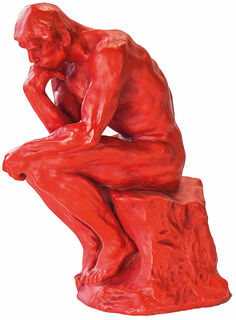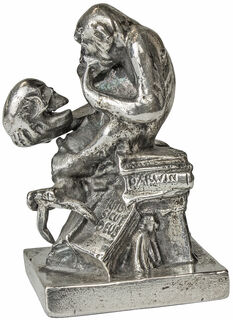19th Century / Around 1900
The 19th Century in Sculpture - Tradition and Vision
Just like painting, sculpture also made significant progress in the 19th century. The development of sculpture in the 19th century is particularly interesting because, at the beginning of the century, there was a partial return to very traditional forms of design from antiquity. However, towards the end of the century, visionary ideas prevailed, setting the course for the modern sculpture of the 20th century. The most important art epochs of this period were Classicism, Impressionism, Symbolism and Art Nouveau. Some of these stylistic influences from the 19th century extended into the 20th century.
Return to Antiquity: Classicism
In the second half of the 18th century, Classicism replaced Baroque and Rococo. However, its influence extended far into the 19th century. The sculptors of Classicism had liberated themselves from the very expressive and emotional design of the preceding epochs. Although they continued to orientate themselves on the real forms in the depiction of the figures, they worked somewhat less playfulness and opulence, presenting the figures in a more objective manner. This somewhat reduced style showed a clear reference to the millennia-old stylistics of antiquity.
The Dawn of a New Mode of Representation: Impressionism
Impressionism emerged around the middle of the 19th century as the first style to break with some fundamental and previously universally accepted rules of painting and sculpture. The essence of Impressionism consisted of the idea that artworks no longer needed to perfectly depict reality. Instead, artists aimed to incorporate their subjective and fleeting impressions of the moment into their works. Today, Impressionism is mainly perceived as a phenomenon of painting, but noticeable changes also occurred in sculpture during this artistic epoch of the 19th century. Artists began using other materials, other than traditional marble, such as wax. Moreover, they no longer worked their sculptures to perfection down to the very last detail, even allowing traces of work to peak through. Impressionism not only significantly altered 19th-century art but also provided crucial impulses for many styles of Modernism in the following decades.
A Touch of Modernism: Symbolism and Art Nouveau
Alongside Impressionism, Symbolism and Art Nouveau are among the influential artistic epochs of the 19th century. Both styles developed around the turn of the century and shared the fundamental rejection of Naturalism and Realism in art. However, the artists of Symbolism and Art Nouveau emphasised different aspects of their concepts and representations. For the Symbolists, art wasn’t about depicting reality but rather about conveying content through symbols and metaphors. Their motifs sprang from the artists’ imagination, not reality. In contrast, the essential element that artists of Art Nouveau referred to was nature. Yet, they also avoided realistic depictions, often utilising only fragments. The stylistic idiom was inspired by natural forms and structures, characterised by floral ornaments, flowing lines, and geometric shapes.

